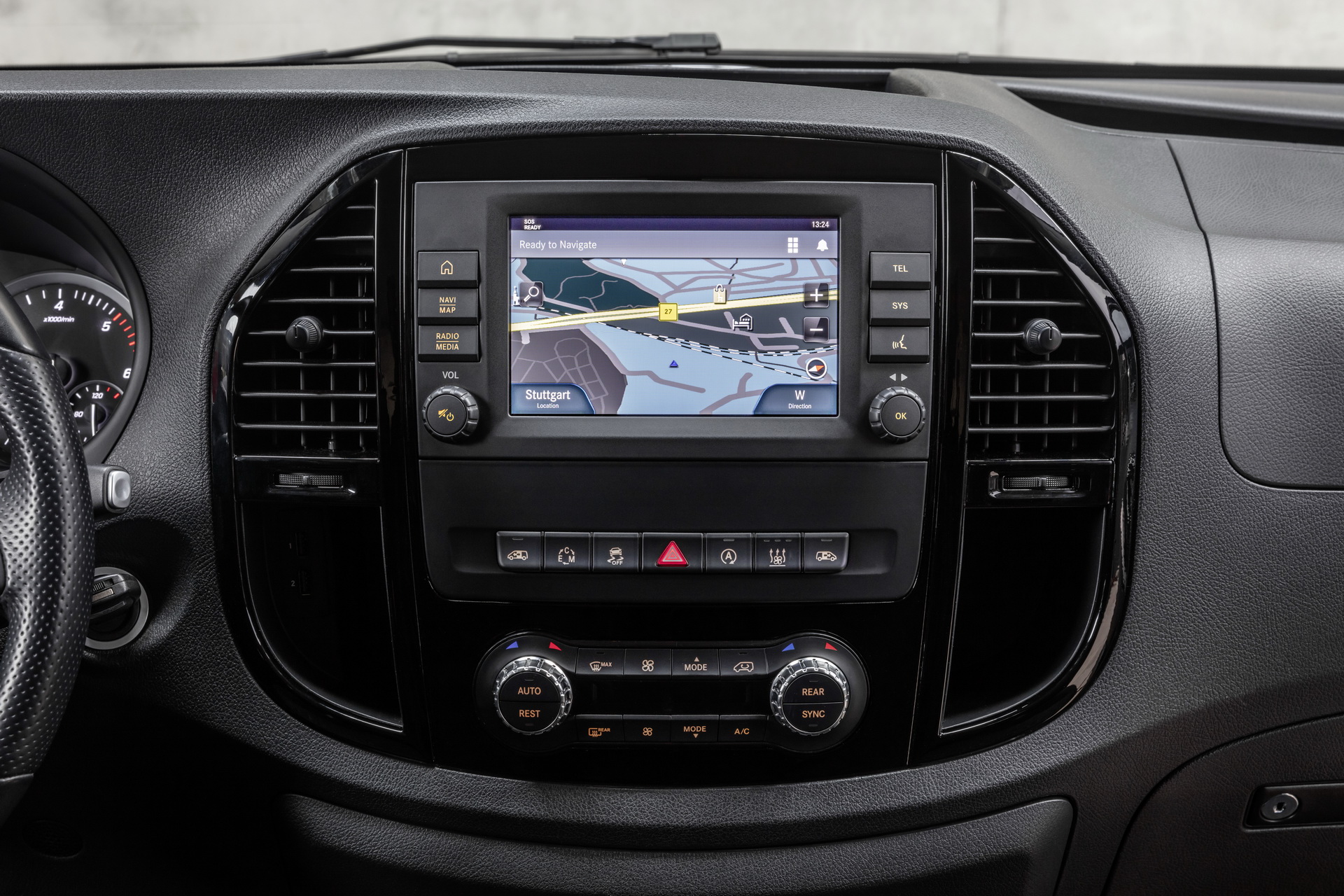Subsequent to the unveiling of the facelifted Vito, Mercedes-Benz has updated the Marco Polo Activity, which benefits from the revised looks of the regular vehicle.
The refreshed camper can be identified by the restyled grille, with black louvres or chrome look as an option, and redesigned rear bumper.
Read More: Mercedes Gives Americans Their First Pop-Up Camper Van, The Metris Weekender
Inside, it features new air vents and piano-lacquer trim, and boasts a digital rearview mirror for the first time. Set to be introduced from October, it provides drivers with an unobstructed view of the rear area, and can be switched to the analogue view at the push of a button. Other novelties are the Active Brake Assist and Distronic Active Distance Assist, which are available for the first time.
The DAB+ digital radio has been added to the 2020 Marco Polo, alongside the Audio 10 infotainment system with Bluetooth interface and music streaming, and the Audi 30 and Audio 40 systems, with a 7-inch touchscreen display and integrated Apple CarPlay and Android Auto.
The engine lineup has been revised by adding a more powerful lump in the Marco Polo Activity 300 d, which develops 239 PS (236 HP / 176 kW) and 500 Nm (369 lb-ft) of torque, for a 0-100 km/h (0-62 mph) in 7.9 seconds and a 210 km/h (130 mph) top speed. The 250 d, 220 d and 200 d models are still offered with 190 PS (188 HP / 140 kW), 163 PS (161 HP / 120 kW) and 136 PS (134 HP / 100 kW), respectively, while the entry-level 170 d has 102 PS (101 HP / 75 kW). The latter is available with a six-speed manual transmission and front-wheel drive, while the other versions come with the 9-speed auto and rear-wheel drive, with all-wheel drive being available as an option.
Should you wait until October, then you will be able to order the optional AirMatic air suspension, which allows for different driving programs that raise the body by up to 35 mm (1.4 in) at speeds of up to 30 km/h (19 mph), or drop it by 10 mm (0.4 in) in the ‘Sport’ mode. The ‘Comfort’ setting returns the ground clearance to the normal height, and at speeds of over 100 km/h (62 mph), the vehicle is automatically lowered by 10 mm (0.4 in) to increase efficiency. Regulated for each wheel, the damping adjusts the suspension to the respective road conditions.







